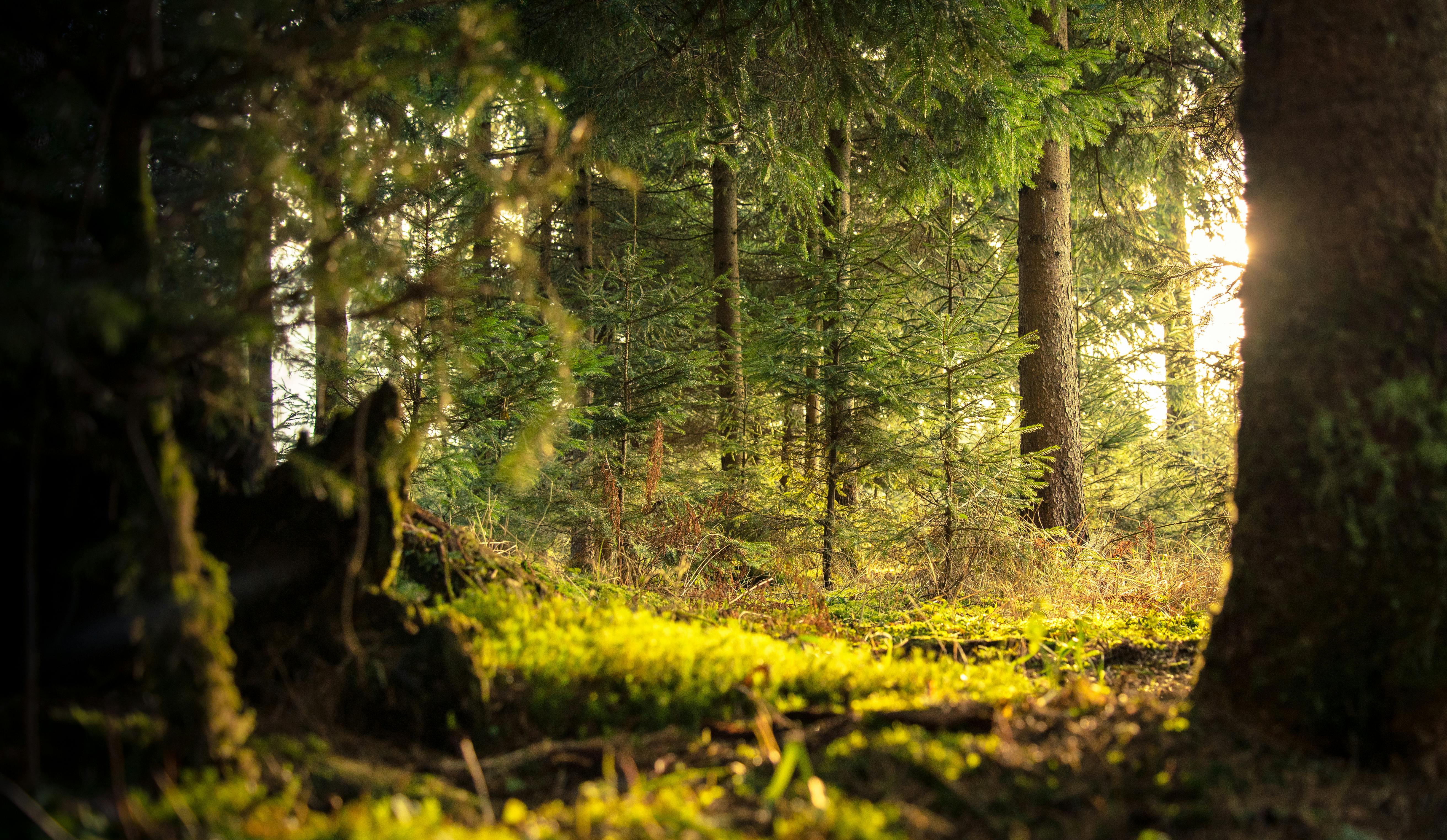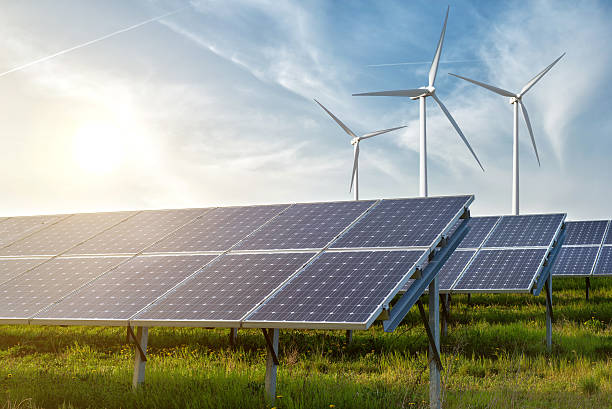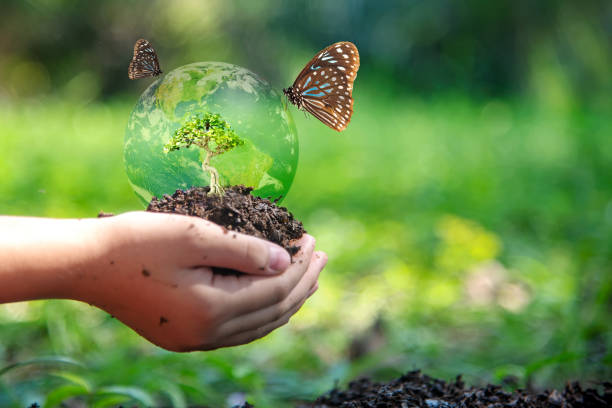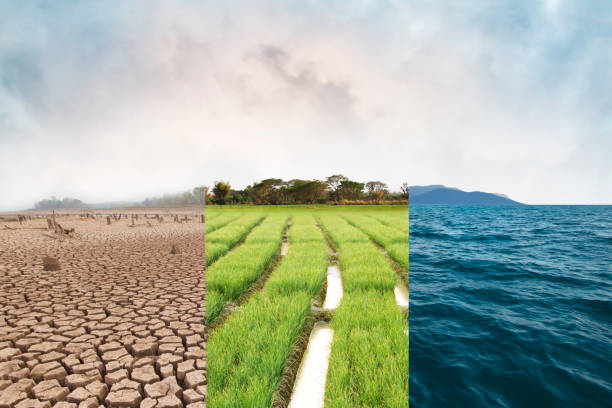(866)223-5699
(866)223-5699

Greenpeace is one of the most well-known environmental organizations in the world, championing the health of our planet for over half a century. From campaigning against deforestation to advocating for renewable energy, Greenpeace’s mission is deeply intertwined with protecting Earth’s weather and environment. Their efforts are critical in a time when climate change threatens ecosystems, economies, and the health of future generations. This blog post delves into the essential work Greenpeace undertakes to mitigate environmental crises and foster sustainable solutions.

Founded in 1971, Greenpeace began as a small group of activists protesting nuclear testing in the Pacific. Since then, it has grown into a global movement with offices in over 55 countries. The organization’s guiding principle is to use peaceful, creative confrontation to expose environmental problems and promote solutions.
Today, Greenpeace focuses on several key areas that directly impact the Earth’s weather and environment:
Climate change mitigation
Protecting forests and oceans
Advocating for renewable energy
Fighting pollution and waste
Safeguarding biodiversity

Greenpeace plays a pivotal role in bringing public attention to the causes and consequences of climate change. Through high-profile campaigns, they educate communities about the links between human activity, greenhouse gas emissions, and extreme weather events like hurricanes, droughts, and wildfires.
One of Greenpeace’s most impactful activities is advocating for systemic change at the governmental level. By lobbying policymakers and international bodies like the United Nations, Greenpeace pushes for stricter carbon reduction targets, the implementation of renewable energy strategies, and stronger commitments to global climate agreements like the Paris Accord.
Greenpeace is renowned for its campaigns against the fossil fuel industry, a major contributor to global warming. They’ve organized protests against coal plants, oil drilling in the Arctic, and the expansion of natural gas pipelines. These actions are designed to disrupt harmful industries and encourage a shift toward cleaner, more sustainable energy sources.

Forests play a crucial role in regulating Earth’s climate and weather patterns. They absorb carbon dioxide, release oxygen, and act as natural buffers against climate extremes. Greenpeace’s work to preserve forests focuses on stopping deforestation and promoting sustainable land use practices.
Greenpeace actively campaigns against deforestation caused by agriculture, logging, and mining. For example, the organization has worked tirelessly to halt the clearing of the Amazon rainforest, often referred to as the "lungs of the Earth."
Greenpeace recognizes the importance of Indigenous peoples in forest conservation. They partner with Indigenous communities to protect ancestral lands from exploitation, ensuring these vital ecosystems remain intact.
In addition to campaigning, Greenpeace promotes alternatives to destructive practices. They advocate for responsible sourcing of timber, sustainable farming techniques, and zero-deforestation supply chains.

The oceans are vital to maintaining the planet’s weather systems. They absorb vast amounts of carbon dioxide, distribute heat across the globe, and influence rainfall patterns. Greenpeace’s efforts to protect marine ecosystems are integral to combating climate change and preserving biodiversity.
Greenpeace campaigns against industrial overfishing, bottom trawling, and other destructive practices that deplete fish populations and damage marine habitats. Their efforts include exposing illegal fishing operations and lobbying for the creation of marine reserves.
Plastic pollution is a growing threat to oceans and marine life. Greenpeace works to reduce single-use plastics by pressuring corporations to adopt sustainable packaging and promoting consumer awareness about waste reduction.
Polar regions are among the most vulnerable to climate change. Greenpeace has led numerous campaigns to prevent oil drilling and industrial exploitation in these fragile areas, highlighting their importance as natural climate regulators.

A significant portion of Greenpeace’s work focuses on transitioning the world to renewable energy sources such as solar, wind, and geothermal power. These clean energy solutions reduce greenhouse gas emissions, improve air quality, and create jobs.
Through public education campaigns, Greenpeace demonstrates the economic and environmental benefits of renewable energy. They provide data, case studies, and practical solutions to inspire communities and governments to make the switch.
Greenpeace actively opposes new fossil fuel projects, such as coal plants and oil pipelines, while advocating for investments in green infrastructure. Their protests, petitions, and collaborations with local communities often lead to the cancellation of harmful projects.
Greenpeace emphasizes the need for a "just transition" that supports workers in fossil fuel industries as they move to jobs in renewable energy sectors. This ensures that economic and social equity are maintained during the global energy shift.

Greenpeace campaigns against the use of harmful chemicals in agriculture, manufacturing, and consumer products. By advocating for cleaner alternatives, they aim to reduce pollution and protect public health.
The organization is at the forefront of efforts to address electronic waste, which poses significant environmental hazards. Greenpeace encourages manufacturers to adopt sustainable practices, including recycling programs and the design of longer-lasting products.
Greenpeace supports zero-waste initiatives by promoting recycling, composting, and circular economy models. These efforts reduce the burden on landfills and minimize the environmental footprint of human activities.

Biodiversity is essential for maintaining stable ecosystems and weather patterns. Greenpeace’s work to protect endangered species and habitats ensures the survival of critical components of Earth’s environmental systems.
Greenpeace highlights the plight of species threatened by habitat loss, pollution, and climate change. They advocate for stronger conservation laws and protected areas.
From coral reefs to ancient forests, Greenpeace campaigns to halt the destruction of critical habitats. These efforts help preserve ecosystems that regulate climate and support countless species.

Greenpeace empowers individuals and communities to take action for the environment. Their grassroots initiatives include:
Providing resources and training for activists.
Encouraging sustainable living practices, such as reducing energy consumption and waste.
Mobilizing volunteers for environmental campaigns.
By inspiring collective action, Greenpeace ensures that their message resonates across diverse audiences, fostering a global movement for environmental protection.

As climate change accelerates, Greenpeace’s work is more important than ever. Their focus on systemic change, innovative solutions, and grassroots empowerment positions them as a leader in the fight for a sustainable future.
In the coming years, Greenpeace aims to:
Expand renewable energy adoption globally.
Strengthen international climate agreements.
Increase the number of marine reserves and protected forests.
Advocate for stronger policies to reduce plastic pollution and toxic chemicals.
Greenpeace’s mission is to protect the planet by addressing environmental challenges such as climate change, deforestation, pollution, and biodiversity loss. They aim to foster sustainable solutions and advocate for systemic change through peaceful and creative activism.
Greenpeace raises public awareness about climate issues, lobbies for stricter carbon reduction policies, and targets industries that contribute significantly to greenhouse gas emissions. They also advocate for renewable energy solutions and oppose fossil fuel projects, such as coal plants and oil drilling.
To safeguard forests, Greenpeace campaigns against deforestation, promotes sustainable land use, and partners with Indigenous communities. For oceans, they address overfishing, reduce plastic pollution, and advocate for the creation of marine reserves. They also work to protect fragile ecosystems like the Arctic and Antarctic from industrial exploitation.
Greenpeace educates the public and policymakers about the benefits of renewable energy sources like solar and wind. They advocate for investments in green infrastructure, oppose harmful fossil fuel projects, and support a "just transition" for workers moving from fossil fuel industries to renewable energy sectors.
Individuals can support Greenpeace by:
Greenpeace’s tireless efforts to protect Earth’s weather and environment are vital to addressing the climate crisis. Their campaigns influence public opinion, drive policy change, and inspire global action. As individuals, we can support Greenpeace by contributing to their initiatives, adopting sustainable lifestyles, and amplifying their message. Together, we can work toward a healthier, more resilient planet for generations to come.
Leave a comment